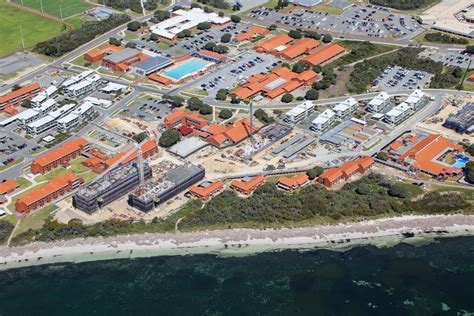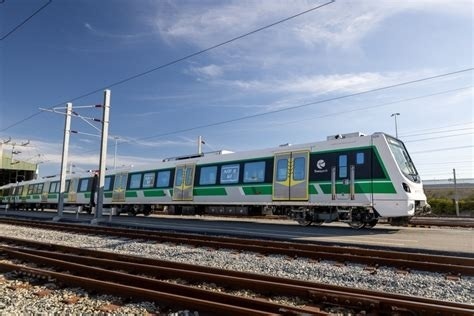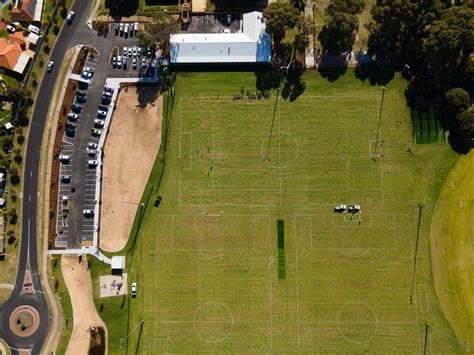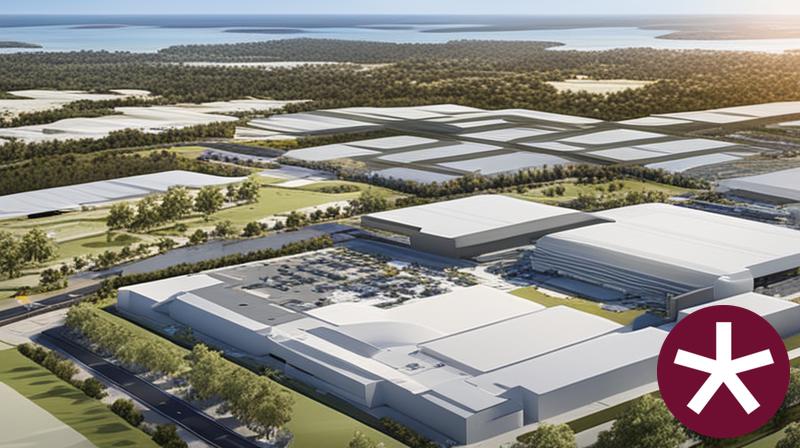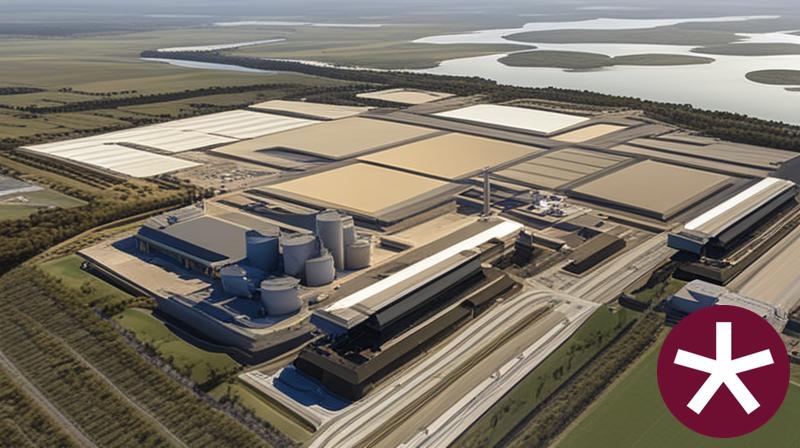Chart Color Schemes
est. as @ -- *
ABS ERP | -- people | --
2021 Census | -- people
Sales Activity
Curious about local property values? Filter the chart to assess the volume and appreciation (including resales) trends and regional comparisons, or scroll to the map below view this information at an individual property level.
Find a Recent Sale
Sales Detail
Population
Port Kennedy has shown very soft population growth performance across periods assessed by AreaSearch
Port Kennedy's population was around 14,754 as of Aug 2025. This reflected an increase of 1,277 people since the 2021 Census, which reported a population of 13,477 people. The change was inferred from the estimated resident population of 14,418 from the ABS as of June 2024 and an additional 185 validated new addresses since the Census date. This level of population resulted in a density ratio of 695 persons per square kilometer, which was relatively inline with averages seen across locations assessed by AreaSearch. Port Kennedy's growth of 9.5% since the 2021 census exceeded the national average of 8.6%, marking it as a growth leader in the region. Population growth for the area was primarily driven by overseas migration that contributed approximately 55.5% of overall population gains during recent periods.
AreaSearch adopted ABS/Geoscience Australia projections for each SA2 area, released in 2024 with 2022 as the base year. For areas not covered by this data and to estimate growth post-2032, AreaSearch utilised growth rates by age cohort provided by the ABS in its latest Greater Capital Region projections, released in 2023 based on 2022 data. Considering projected demographic shifts, lower quartile growth was anticipated for statistical areas analysed by AreaSearch, with Port Kennedy expected to grow by 511 persons to 2041 based on the latest population numbers, recording a gain of 1.2% in total over the 17 years.
Frequently Asked Questions - Population
Development
Recent residential development output has been above average within Port Kennedy when compared nationally
Port Kennedy has recorded approximately 10 residential properties granted approval annually. Development approval data is provided by the ABS on a financial year basis. Over the past five financial years, from FY20 to FY25, around 53 homes have been approved. As of FY26, 29 dwellings have been recorded so far.
On average, over these five years, each dwelling has attracted approximately 2.2 new residents annually, indicating solid demand that supports property values. New homes are being constructed at an average expected construction cost value of $516,000, which is somewhat higher than regional norms, reflecting quality-focused development. In FY26, $9.2 million in commercial approvals have been registered, demonstrating moderate levels of commercial development activity in Port Kennedy compared to Greater Perth. Relative to the region's average per person, Port Kennedy has significantly less development activity, with approximately 73.0% below the regional average. This scarcity typically strengthens demand and prices for existing properties.
However, recent periods have seen an increase in development activity. The area's established nature is indicated by its level of development activity being under the national average, which suggests potential planning limitations. Recent construction comprises predominantly standalone homes at 97.0% and townhouses or apartments at 3.0%, maintaining Port Kennedy's traditional low density character with a focus on family homes appealing to those seeking space. With around 239 people per dwelling approval, Port Kennedy shows a developing market. Future projections suggest that the area will add approximately 175 residents by 2041. At current development rates, new housing supply should comfortably meet demand, providing good conditions for buyers and potentially supporting growth beyond current population projections.
Frequently Asked Questions - Development
Infrastructure
Port Kennedy has emerging levels of nearby infrastructure activity, ranking in the 26thth percentile nationally
Changes to local infrastructure significantly influence an area's performance. AreaSearch has identified six projects that may impact the area. Key projects include Kennedy Bay Coastal Community, Port Kennedy Industrial Estate, Defence Housing Australia - Rockingham Region, and Koorana Reserve Sports Complex Upgrade. The following list details those likely to be most relevant.
Professional plan users can use the search below to filter and access additional projects.
INFRASTRUCTURE SEARCH
Frequently Asked Questions - Infrastructure
Rockingham General Hospital Redevelopment
Major redevelopment of Rockingham General Hospital, expanding from 47 to 229 beds. The project, completed in stages from 2007 to 2010, included addition of 182 beds, expansion and replacement of most departments, new emergency department, operating theatres, wards, intensive care, mental health, chemotherapy, obstetrics units. Further additions include a 30-bed mental health inpatient unit as the final stage and a 30-bed modular ward opened in 2022 to boost capacity.
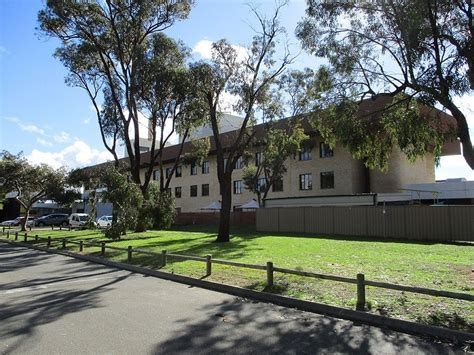
Mandurah Line
70.8km suburban railway line connecting Perth CBD to Mandurah with 13 stations including Rockingham and Warnbro stations. Operates through Kwinana Freeway median with dedicated underground tunnels through Perth CBD. Serves as vital transport link for region. Recent extensions include integration with Thornlie-Cockburn Link in June 2025.
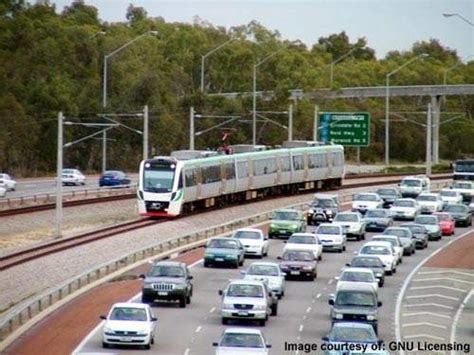
Secret Harbour Square Shopping Centre Redevelopment
A $62 million redevelopment by Charter Hall completed in 2017, transforming the original Woolworths-anchored centre into a vibrant convenience plus shopping complex anchored by Woolworths, Coles, and Aldi, featuring Dan Murphys, McDonalds, Nido Early Learning Centre, over 40 specialty stores, and a high street food precinct with external dining areas and community spaces.

Latitude 32 Industry Zone
A 1,400ha master-planned industrial zone within the Western Trade Coast providing general and transport industrial land. Flinders Precinct is sold out and operational, while additional subdivision and development activity continues including Orion Industrial Park to support freight, logistics and manufacturing growth over the long term.
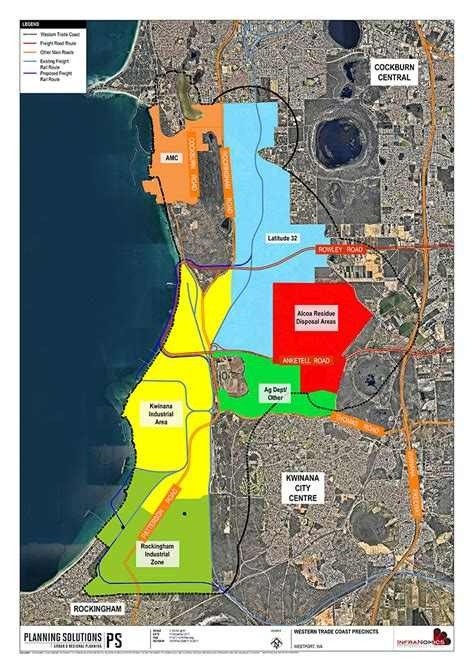
Kennedy Bay Coastal Community
A $425 million visionary 66-hectare mixed-use coastal community development in Port Kennedy featuring over 900 residential lots with waterfront living, retail/dining precinct, commercial village centre, world-class golf course, new golf clubhouse, public jetty, boat moorings, surf club, improved beach access and beach upgrades. The project spans north-facing coastal land with uninterrupted ocean views, the last such parcel in WA. Developed by WABGR with Place Development Australia as development manager.
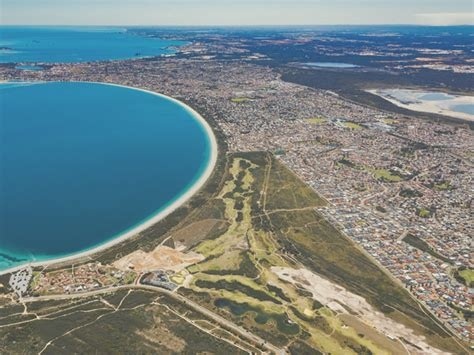
METRONET Karnup Station Precinct
The State Government is committed to building a new station at Karnup on the Mandurah Line, integrating it with a transit-oriented precinct offering housing, community facilities, and public open space on approximately 35 hectares of land. Precinct structure planning is underway, and the Metropolitan Region Scheme amendment to enable urban development was finalised in May 2025.
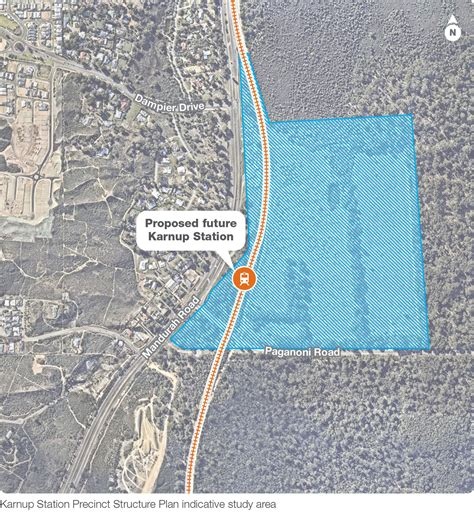
DHA Defence Housing Program - Rockingham
550 new homes for Defence personnel by Parcel Property, Forma Homes and Plunkett Homes across Wellard, Baldivis, Mundijong, with smaller numbers in Kwinana, Lakelands, Port Kennedy, Waikiki and Madora Bay. Part of DHA's New Builds Volume Leasing Program.
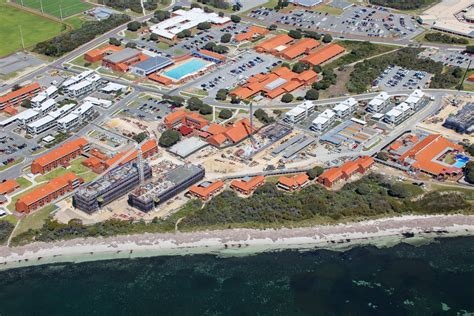
Port Kennedy Industrial Estate
A new 50-hectare industrial estate located on Port Kennedy Drive and Ennis Avenue, offering commercial, light and special/heavy industrial land with flexible lot sizes and orientations.
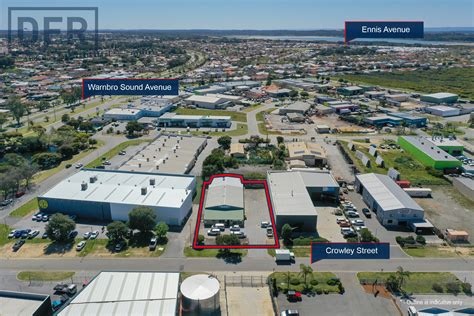
Employment
AreaSearch analysis reveals Port Kennedy recording weaker employment conditions than most comparable areas nationwide
Port Kennedy has a balanced workforce spanning white collar and blue collar employment. The manufacturing and industrial sectors are strongly represented in the area, with an unemployment rate of 6.7%.
Over the past year, there has been an estimated employment growth of 3.5%. As of June 2025, 7,915 residents are employed while the unemployment rate is 2.8% higher than Greater Perth's rate of 3.9%. Workforce participation in Port Kennedy is broadly similar to Greater Perth's figure of 65.2%. The dominant employment sectors among residents include health care & social assistance, retail trade, and construction.
The area shows a particularly strong specialization in manufacturing, with an employment share of 1.5 times the regional level. In contrast, professional & technical services employ just 3.9% of local workers, which is below Greater Perth's figure of 8.2%. There appears to be limited employment opportunities locally, as indicated by the count of Census working population versus resident population. Over a 12-month period, employment increased by 3.5% while the labour force increased by 5.8%, resulting in an unemployment rise of 2.1 percentage points. By comparison, Greater Perth recorded employment growth of 3.7%, labour force growth of 3.8%, with unemployment rising by only 0.1 percentage points. State-level data to Sep-25 shows that WA employment contracted by 0.82% (losing 14,590 jobs), with the state unemployment rate at 4.3%. This compares favourably to the national unemployment rate of 4.5%, but lags behind the national employment growth of 0.26%. Jobs and Skills Australia's national employment forecasts from May 2025 offer further insight into potential future demand within Port Kennedy. These projections, covering five and ten-year periods, have been mapped against the local employment profile to estimate growth patterns. National employment is forecast to expand by 6.6% over five years and 13.7% over ten years. Applying these industry-specific projections to Port Kennedy's employment mix suggests local growth of approximately 5.7% over five years and 12.5% over ten years, though it should be noted that this is a simple weighting extrapolation for illustrative purposes and does not take into account localised population projections.
Frequently Asked Questions - Employment
Income
Income analysis reveals strong economic positioning, with the area outperforming 60% of locations assessed nationally by AreaSearch
AreaSearch's aggregation of latest postcode level ATO data released for financial year 2022 shows Port Kennedy had a median taxpayer income of $56,474 and an average income of $69,144. These figures are above the national averages of $58,380 and $78,020 in Greater Perth respectively. Based on Wage Price Index growth of 11.61% since financial year 2022, current estimates for March 2025 would be approximately $63,031 (median) and $77,172 (average). The 2021 Census data ranks Port Kennedy's household income at the 61st percentile ($1,921 weekly), with personal income at the 39th percentile. In Port Kennedy, 37.0% of the population (5,458 individuals) fall within the $1,500 - 2,999 income range, similar to the surrounding region where 32.0% occupy this bracket. High housing costs consume 15.3% of income in Port Kennedy, but strong earnings place disposable income at the 61st percentile.
Frequently Asked Questions - Income
Housing
Port Kennedy is characterized by a predominantly suburban housing profile, with ownership patterns similar to the broader region
In Port Kennedy, as per the latest Census evaluation, 93.9% of dwellings were houses with the remaining 6.1% being semi-detached, apartments or other types. This contrasts with Perth metropolitan area's figures of 90.5% houses and 9.6% other dwellings. Home ownership in Port Kennedy stood at 22.5%, lower than Perth metro's level. Mortgaged dwellings constituted 54.2% while rented ones made up 23.3%. The median monthly mortgage repayment in the area was $1700, below Perth metro's average of $1733. The median weekly rent figure for Port Kennedy was $350 compared to Perth metro's $330. Nationally, Port Kennedy's mortgage repayments were lower than the Australian average of $1863 and rents were less than the national figure of $375.
Frequently Asked Questions - Housing
Household Composition
Port Kennedy features high concentrations of family households, with a higher-than-average median household size
Family households account for 80.9% of all households, including 38.3% couples with children, 26.6% couples without children, and 15.0% single parent families. Non-family households constitute the remaining 19.1%, consisting of 16.8% lone person households and 2.3% group households. The median household size is 2.8 people, which is larger than the Greater Perth average of 2.6.
Frequently Asked Questions - Households
Local Schools & Education
Educational outcomes in Port Kennedy fall within the lower quartile nationally, indicating opportunities for improvement in qualification attainment
The area's university qualification rate is 11.6%, significantly lower than the Australian average of 30.4%. This presents both challenges and opportunities for targeted educational initiatives. Bachelor degrees are most prevalent at 8.4%, followed by postgraduate qualifications (1.7%) and graduate diplomas (1.5%). Trade and technical skills are prominent, with 45.5% of residents aged 15+ holding vocational credentials – advanced diplomas (11.0%) and certificates (34.5%).
Educational participation is high at 32.0%, including primary education (11.3%), secondary education (10.8%), and tertiary education (3.5%). There are 10 schools operating in Port Kennedy, educating approximately 1,998 students. The area has typical Australian school conditions with balanced educational opportunities (ICSEA: 958). Education provision is balanced with 7 primary and 3 secondary schools serving distinct age groups. School places per 100 residents are lower than the regional average at 13.5, indicating some students may attend schools in adjacent areas.
Frequently Asked Questions - Education
Schools Detail
Nearby Services & Amenities
Transport
Transport servicing is low compared to other areas nationally based on assessment of service frequency, route connectivity and accessibility
Port Kennedy has 78 active public transport stops operating within its boundaries. These stops are served by a mix of buses along four different routes. Together, these routes facilitate 1,057 weekly passenger trips.
The accessibility of the transport system is rated as good, with residents on average located 228 meters from their nearest stop. Across all routes, service frequency averages 151 trips per day, which equates to approximately 13 weekly trips per individual stop.
Frequently Asked Questions - Transport
Transport Stops Detail
Health
Health outcomes in Port Kennedy are marginally below the national average with the level of common health conditions among the general population somewhat typical, though higher than the nation's average among older cohorts
Port Kennedy's health indicators show lower-than-average results.
Common health conditions are somewhat typical but higher than the national average for older age groups. Approximately 54% of the total population (~7,922 people) have private health cover. Mental health issues and arthritis are the most prevalent medical conditions, affecting 9.7% and 8.1% of residents respectively. About 67.2% claim to be free from medical ailments, compared to 68.5% in Greater Perth. The area has 14.7% of residents aged 65 and over (2,171 people). Health outcomes for seniors require more attention than those for the broader population.
Frequently Asked Questions - Health
Cultural Diversity
The level of cultural diversity witnessed in Port Kennedy was found to be above average when compared nationally for a number of language and cultural background related metrics
Port Kennedy's cultural diversity was found to be above average, with 7.3% of its population speaking a language other than English at home and 30.7% born overseas. The dominant religion in Port Kennedy is Christianity, making up 42.6% of the population. Notably, Islam is overrepresented compared to Greater Perth, comprising 0.7% versus 0.7%.
The top three ancestry groups are English (36.3%), Australian (25.4%), and Scottish (7.7%). Some ethnic groups show notable divergences: Maori is overrepresented at 2.4%, Welsh at 0.9%, and New Zealand at 1.2% compared to regional averages.
Frequently Asked Questions - Diversity
Age
Port Kennedy's population is slightly younger than the national pattern
Port Kennedy's median age is 36 years, nearly matching Greater Perth's average of 37 years. It is modestly under the Australian median of 38 years. Compared to Greater Perth, Port Kennedy has a higher concentration of residents aged 15-24 (15.1%) but fewer residents aged 25-34 (11.4%). Between the 2021 Census and present, the 75-84 age group has grown from 3.8% to 5.0% of the population, while the 15-24 cohort increased from 14.0% to 15.1%. Conversely, the 45-54 cohort has declined from 14.9% to 13.0%, and the 5-14 group dropped from 15.6% to 14.0%. Demographic modeling suggests Port Kennedy's age profile will evolve significantly by 2041. The 75-84 cohort is projected to grow by 75%, adding 550 residents to reach 1,282. Senior residents aged 65 and above will drive all population growth, underscoring demographic aging trends. Meanwhile, the 25-34 and 0-4 cohorts are expected to experience population declines.
